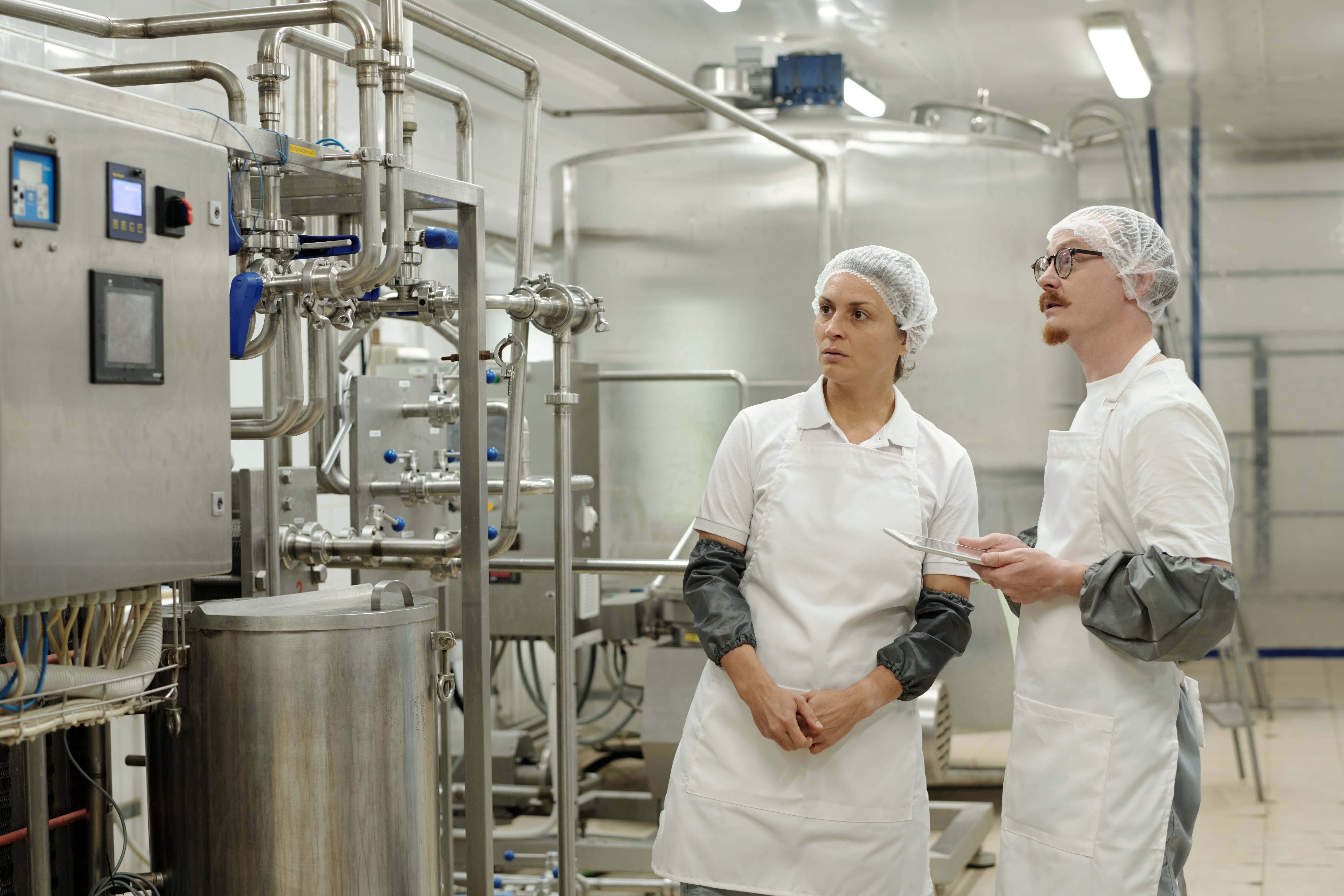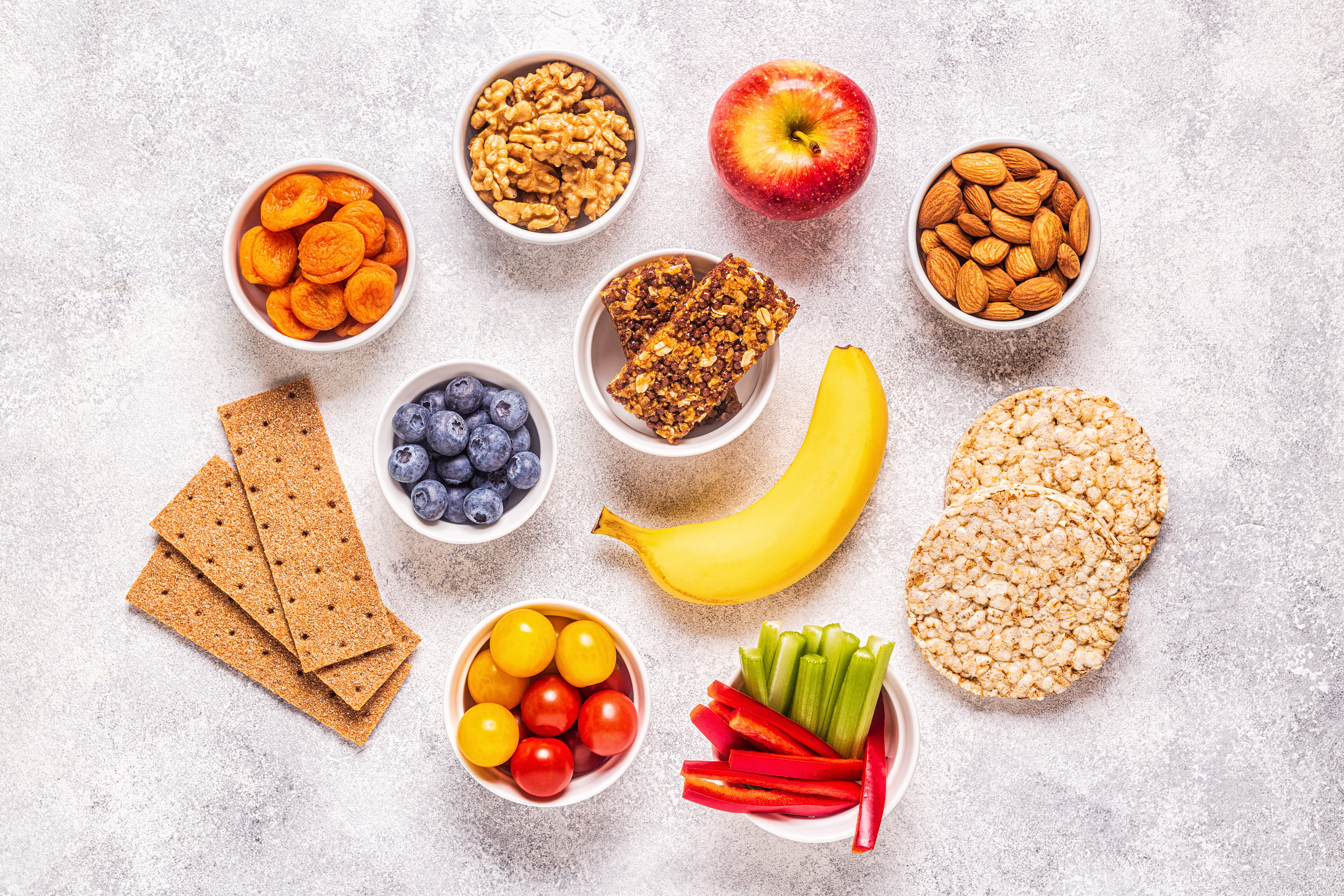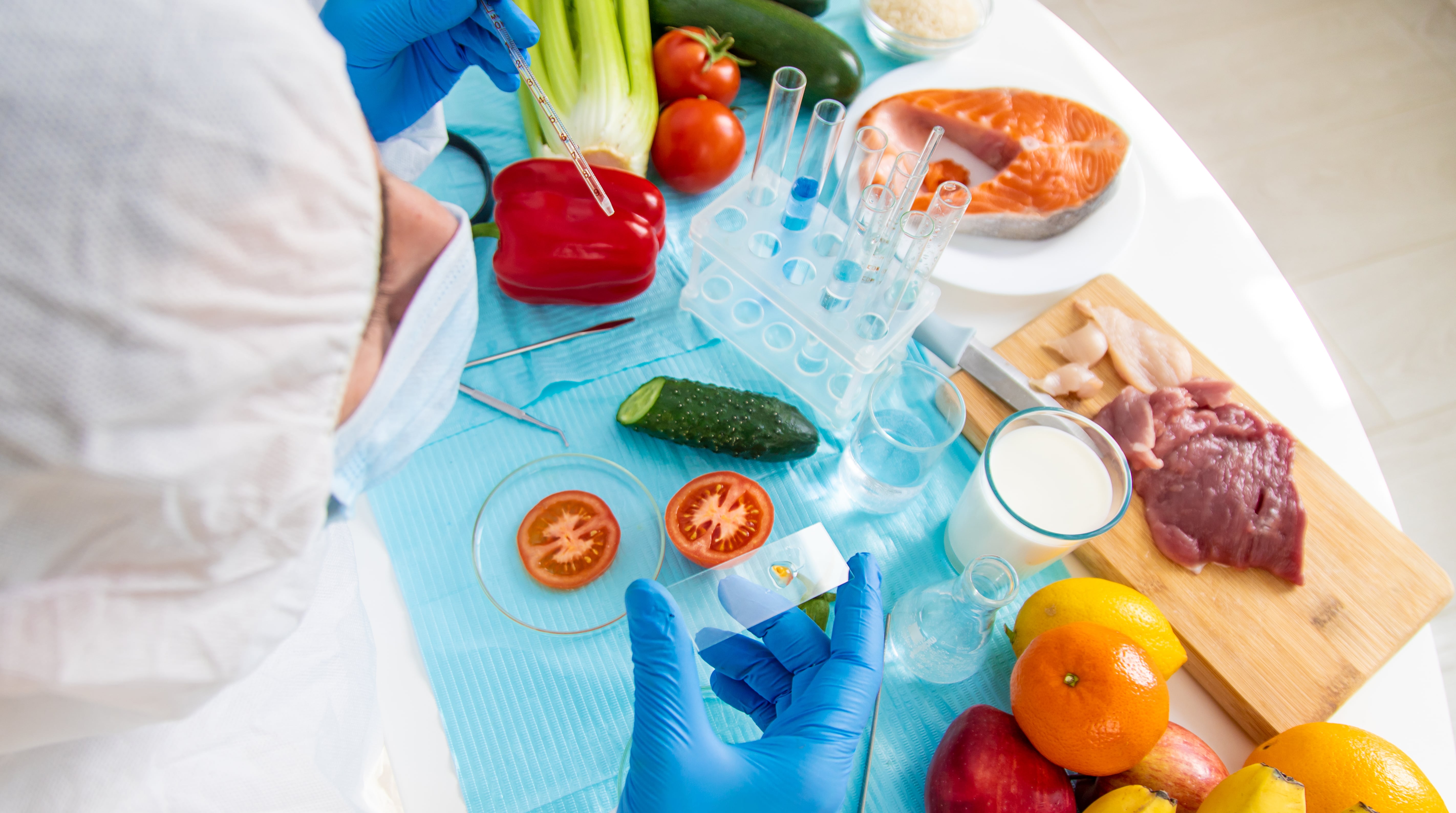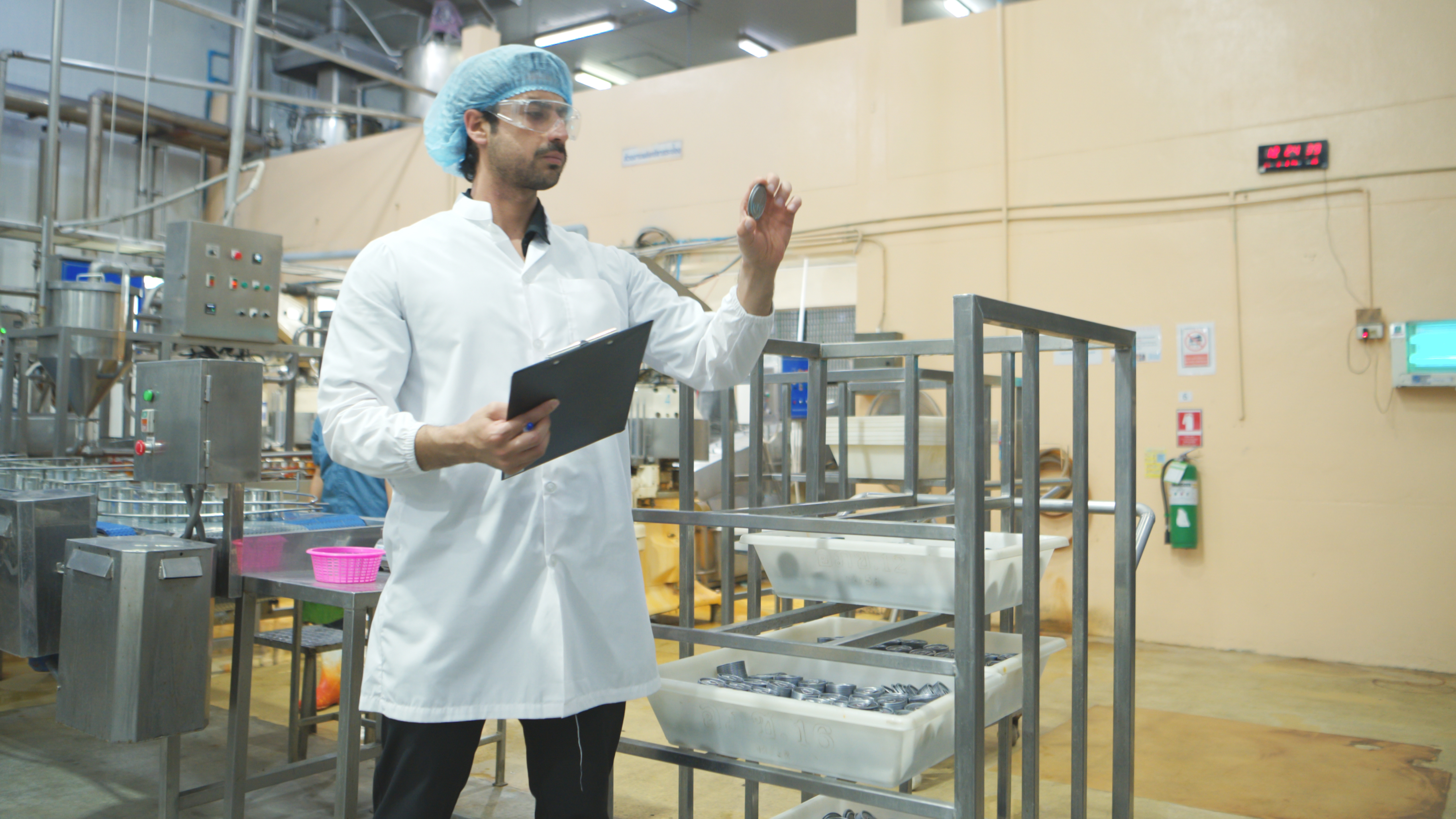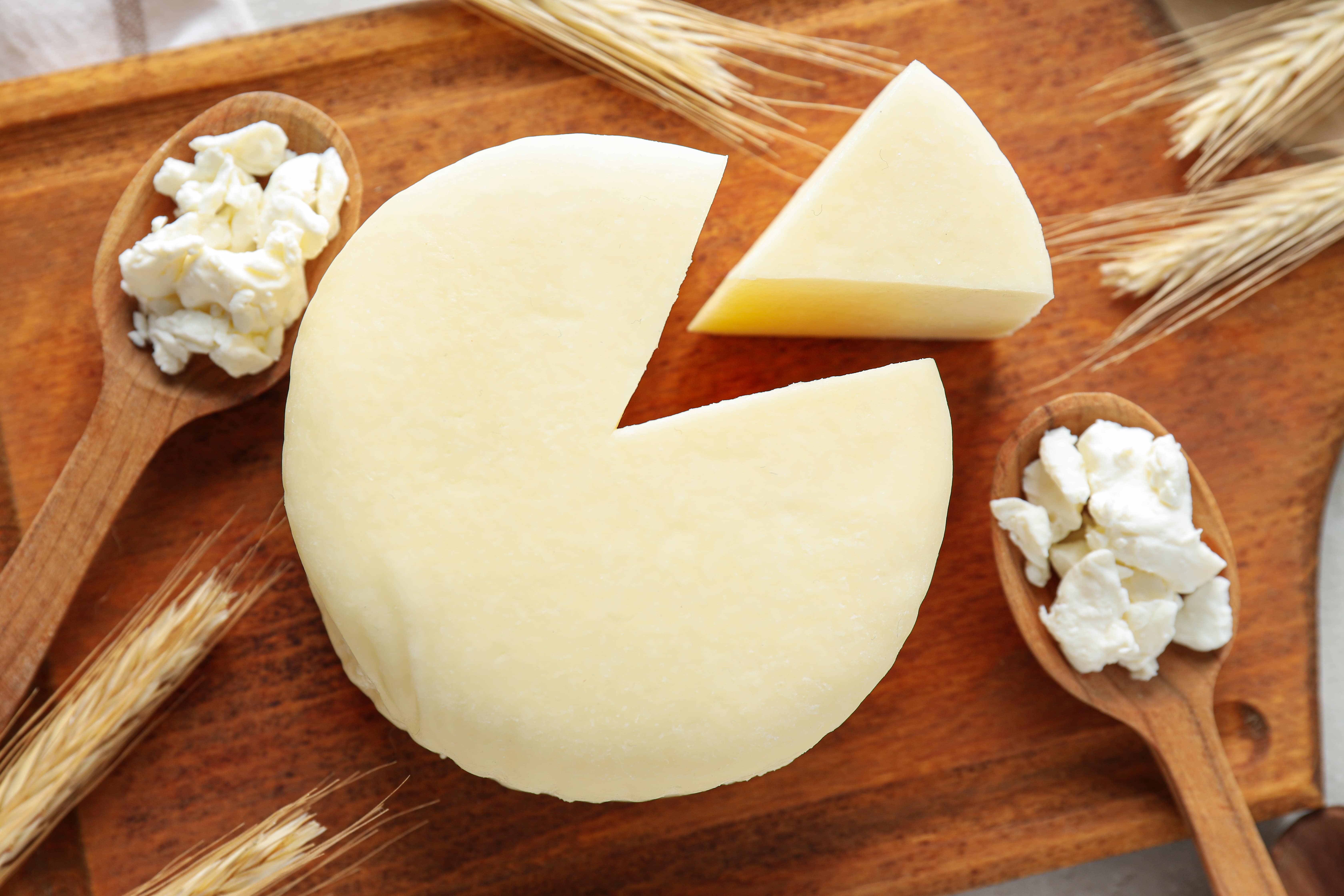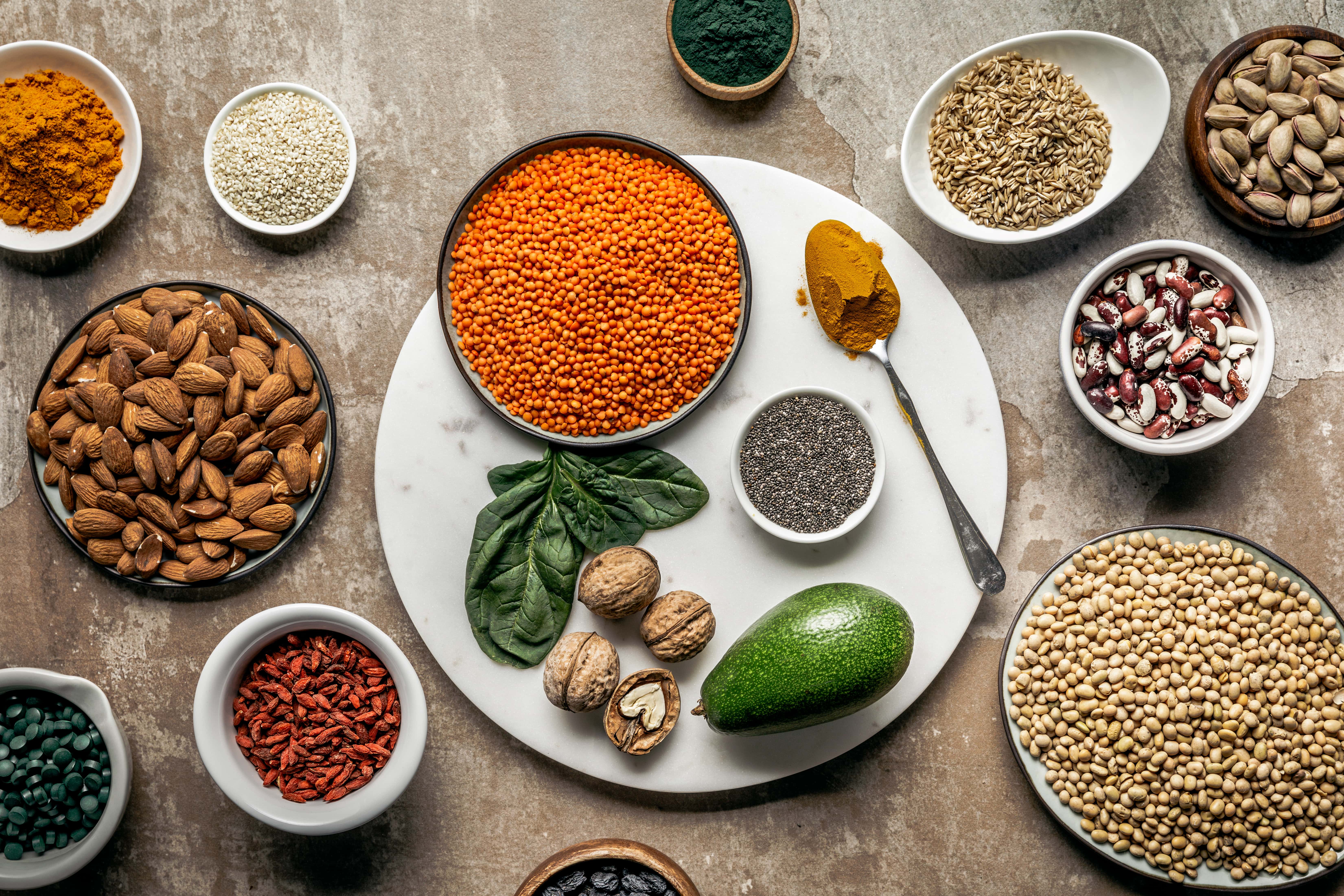Last Updated on June 26, 2025 by Admin
Table of Contents
- What Are Good Manufacturing Practices?
- Good Manufacturing Practices in Food Industry
- Good Manufacturing Practices in Food Safety
- The 5 P’s of GMP in the Food Industry
- GMP Rules in Food Industry
- Food Safety Enhancement
- Obstacles in Implementing GMP in the Food Industry
- Tips for Successful GMP Implementation
- Conclusion
What Are Good Manufacturing Practices?
Good Manufacturing Practices (GMP) are a set of guidelines that ensure products are consistently produced and controlled according to quality standards. Specifically, what do Good Manufacturing Practices mean when it comes to food? They are processes followed by manufacturers to produce hygienic, safe foods that have good quality.
From raw material sourcing right through to equipment maintenance, employee hygiene and storage conditions, GMPs must be applied at every stage with a view to minimising risks which cannot be eliminated by end-product testing only.
Good Manufacturing Practices in Food Industry
GMP principles adopted by food industry ensure the safety and absence of contamination in produced food items. Regardless the size of a food processing unit – whether it is small or a large production facility – GMPs help to standardize operations, reduce wastes, and improve efficiency.
- Facility design and layout: Ensuring smooth workflow and sanitation.
- Employee hygiene and training: Workers must maintain personal cleanliness and receive regular training.
- Equipment maintenance: Proper cleaning and upkeep to prevent product contamination.
- Storage and transport: Monitoring conditions to preserve food quality.
- Process control: Consistent monitoring of each step in production.
The adherence to GMP rules in the food industry reduces the chances for recalls, increases customer trust, as well as enhances brand credibility.
Good Manufacturing Practices in Food Safety
As it were, dangers to food safety can be ascribed to different sources such as biological contaminants (bacteria), chemical contaminants (e.g. pesticides) and physical contaminants (foreign objects). GMPs are established so that the production environment is safe and clean.
- Using potable water in food processing.
- Regular sanitation schedules for facilities and equipment.
- Pest control programs.
- Proper labelling and traceability systems.
- Calibrating measuring instruments.
When well implemented, good manufacturing practices in food safety help prevent entry, growth and transmission of foodborne pathogens.
The 5 P’s of GMP in the Food Industry
1. People
Employees are the first line of defence in food safety. Proper training, hygiene, and behaviour are essential. Staff should be educated on contamination risks and adhere to personal hygiene protocols.
2. Premises
To create a hygienic and cross-contamination-free environment, the design and maintenance of the production facility must be such that they support these goals. Proper lighting, ventilation, and waste disposal systems are critical.
3. Processes
Standard operating procedures (SOPs) need to be consistently followed. From raw material handling to final packaging, every step must be documented and controlled.
4. Products
Ensuring that only safe, high-quality ingredients are used in production. Proper sourcing, storage, and testing of raw materials fall under this P.
5. Procedures (or Paperwork)
To comply with GMP guidelines documentation is important because it’s required for audits purposes as well as tracing problems when they occur.
GMP Rules in Food Industry
Following GMP rules in the food industry is not just best practice—it’s a regulatory requirement in most countries. Food businesses must meet local and international GMP regulations set by authorities like FSSAI (India), FDA (USA), and Codex Alimentarius.
- Regular inspection of raw materials and finished products.
- Use of food-grade materials in all contact surfaces.
- Clearly defined cleaning protocols.
Food Safety Enhancement
1. Better Food Safety
By following GMPs, the risks of contamination are minimised, thus guaranteeing safer foods meeting health requirements.
2. Regulatory Compliance
Implementing GMPs facilitates compliance with national and global food safety rules and regulations by firms.
3. Consumer Trust
This is built through consistent production of safe, high-quality products that establish brand loyalty and consumer confidence.
4. Minimized Waste and Recalls
Controlling processes through GMPs reduces errors, lowers rework rates and avoids expensive product recalls.
5. Efficient Operations
This is achieved due to simple workflow processes, clean plants, and properly trained staff, among other factors.
Read Also: An Introduction to Food Safety Guidelines
Obstacles in Implementing GMP in the Food Industry
However, despite their numerous advantages, implementing GMP within a food manufacturing environment comes with certain challenges, such as:
- Initial investment: It may be costly to upgrade infrastructure or train personnel.
- Resistance to change: Employees may resist using new methods.
However, proper planning, leadership commitment, and regular audits would help overcome these obstacles.
Tips for Successful GMP Implementation
- Begin with a gap analysis to identify weak areas.
- Create clear and accessible standard operating procedures.
- Conduct regular training and assessments for staff.
- Assign a dedicated quality assurance team.
- Schedule internal audits throughout the year.
When workers stop seeing food safety as a box to tick and more as a badge they wear every day, continuous improvement stops being a slogan and starts being routine.
Conclusion
Good Manufacturing Practices, or GMP, aren’t just hoops for food businesses to jump through; they are the backbone of any operation that wants to stay alive in a crowded marketplace. Hygiene that holds up under scrutiny, contamination that never has a chance to settle in, and a steady curtain of consumer trust all hinge on that same set of practices.
The five P-s People, Premises, Processes, Products, and Procedures maps the journey from first ingredient to finished package without leaving anyone guessing. Following those principles not only keeps regulators happy but also shaves waste out of production lines and polishes the end product until it gleams.
In a world where shoppers track sourcing with a smartphone tap, turning GMP from theory into habit speaks loudest of all.



